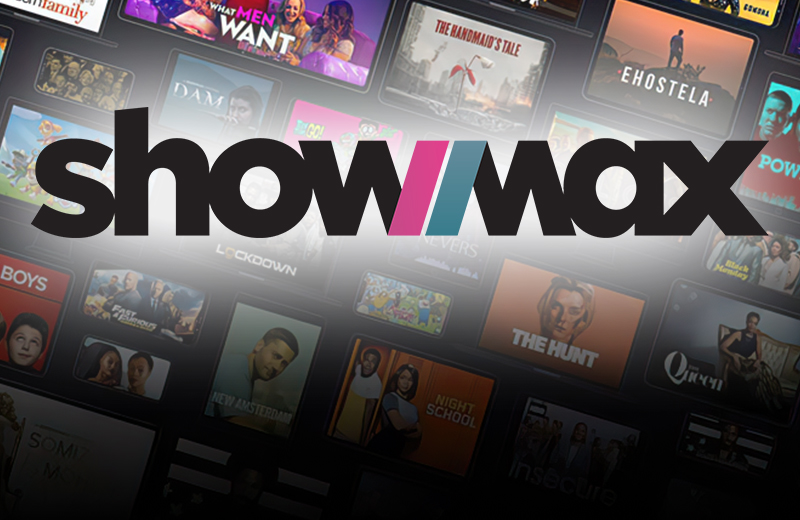Showmax Begins Quest to 50 Million Subscribers With Branding Masterclass
Weeks after Amazon Prime beat a hasty retreat from Africa, Showmax, the streaming service majorly owned by MultiChoice, presented a spectacle that shows how much it is betting the house on African...

Weeks after Amazon Prime beat a hasty retreat from Africa, Showmax, the streaming service majorly owned by MultiChoice, presented a spectacle that shows how much it is betting the house on African streaming.
For four days in the first week of February, the Showmax team went to great lengths to show its guests—journalists whose stock in trade is skepticism—who were in Johannesburg for a grand launch, how much it believes in its ability to crack Subscription Video On Demand (SVOD) in Africa.

For months, the company has talked up Showmax 2.0, its second iteration, the new technology that underpins the new app, the partnerships it believes will serve as a competitive advantage, and its unique understanding of the African market. A fun game would be taking a shot whenever a Showmax executive mentions their unique understanding of the African market.
But this is not a game. Instead, last week was the final stretch before it migrates all of the data from the old app on February 12. It was about celebrating the sheer amount of work that has gone into this moment: the beginning of what the company hopes will be a long march into dominating and making a solid business of African video streaming.
Showmax, which started as an idea three years ago, will be the major drive of MultiChoice’s goal of attracting 50 million paying subscribers in five years—a fifth of Netflix’s 260 million subscribers in Q4 2023. However, all markets are not created equal, and 50 million paying subscribers in the African market is ambitious. A mix of a startup mentality and riding the coattails of an established parent business will be critical for success. “We’re over here because we began as a startup, and we wanted that startup mentality. We wanted to begin without the guidance of our parent company,” said a member of the company’s marketing team, explaining why the Showmax office sits in the corner of the MultiChoice campus, away from the rest of the main building.
The MultiChoice campus
Showmax’s office is quirky and has all the clichés of a fashionable startup office in the middle of a big launch: whiteboards in spaces designated as war rooms, employees hunched over big screens, drinking too much coffee and looking stressed, and a Lego board the design team uses to destress. “We had more than three meetings every day,” one person tells me, explaining the pace of work in the lead-up to the launch party. Everything had to be right.
As launches go, Showmax pulled off a masterclass in branding, with its colourful X logo prominent. The stars of some of its original shows, like Wura, The Real Housewives of Abuja, Spinners, and Adulting, were on hand, and the team created experience booths for those shows.
Despite the entertainment, the conversations were serious, and the theme was Showmax’s plan to become the king of African streaming. While most tech publications would call it a bet, Andrea Zappia, the former Sky executive recently named chairman of the Showmax, disagrees.
“This is a logical investment,” he told an excited crowd of about 400 people at the MultiChoice dome, the venue of the launch, on Tuesday evening. Alongside Calvo Mawela, the group CEO of MultiChoice, the pair discussed some behind-the-scenes wheeling and dealing that made this iteration of Showmax possible.
“It took a lot of convincing for these partners (Comcast, NBCU) to make their first investment in Africa,” said Mawela, referring to NBCU’s 30% equity investment in the streaming company. The conversations began in 2020 and were slowed down by the pandemic, but now everything is in place.
Technology, check. Important partnerships, check. Extensive investment, check. Passion, check.
Now the race is on for MultiChoice, a publicly listed company, to show its shareholders that it can pull off this bold bet. And if it’s feeling any pressure from Canal+ breathing down its neck, the company’s executives and employees didn’t show it.
Just before the party started, Mawela told the crowd, “Showmax and streaming are not just a project, it’s a passion.”
But passion doesn’t pay any bills. The company has set its own goals publicly, and now we must measure success or failure by its ability to capture 50 million paying subscribers by 2029. The journey starts now.


No Comment! Be the first one.